Rubber Legs: An Essential Component for Diverse Applications
Rubber legs are a versatile material widely utilized across various industries, from manufacturing to recreational activities. These components are essential in creating seals, gaskets, and other items that benefit from the unique properties of rubber. With an array of shapes and sizes, rubber legs facilitate efficient production and are integral in the development of both household appliances and industrial equipment.
Types and Features of Rubber Legs
The term rubber legs encompasses a range of products, including large sheets, rolls, pre-made bands, and O-rings. Their formulation often includes resistance to oil and water, enhancing their cleanliness and maintenance. The durability of these materials is evident in their high tensile strength, allowing them to be stretched, reshaped, and even used in demanding environments such as aerospace and military applications. Pat's rubber legs and round rubber legs are examples of specific patterns and shapes that cater to specialized needs, such as fly tying for fishing enthusiasts.
Applications of Rubber Legs in Various Industries
Rubber legs are not just limited to static functions; they play a dynamic role in creating weatherproofing devices like window strips to prevent leaks and drafts. In the realm of sports and hobbies, rubber legs for fly tying and rubber leg fly patterns are crucial for creating realistic and effective fishing lures. The adaptability of rubber legs makes them suitable for a broad spectrum of applications, from simple household fixes to complex industrial processes.
Materials and Advantages of Rubber Legs
The materials used for rubber legs vary to accommodate different uses. Leg silicone rubber is a common material known for its elasticity and resilience. The advantages of using rubber legs in production include their ability to be customized in color and shape, meeting the aesthetic and functional requirements of various products. Additionally, materials like barred rubber legs and beldar rubber leg variants offer unique textures and patterns, providing additional options for customization.
Choosing the Right Rubber Legs
Selecting the appropriate type of rubber legs is crucial for ensuring optimal performance. Factors such as environment, stress levels, and exposure to chemicals should be considered. For instance, mfc centipede legs and silly legs for fly tying are designed to mimic the natural movement of insects in water, making them ideal for fishing lures. When sourcing rubber legs, it is important to consider the specific requirements of the end product to ensure the material's properties align with the intended use.
Environmental and Durability Considerations
In today's market, there is a growing emphasis on sustainability and durability. Rubber legs that can be reused and offer long-term performance without degradation are increasingly in demand. Products like centipede legs fly tying materials are designed to withstand the rigors of outdoor use, ensuring longevity and reducing the need for frequent replacements. This focus on durability not only benefits the user but also supports environmental sustainability by minimizing waste.







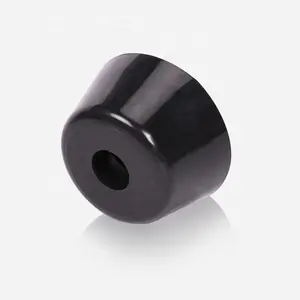










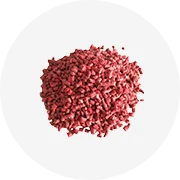
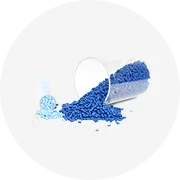
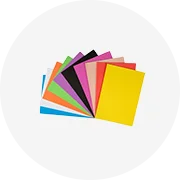
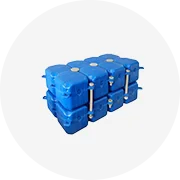
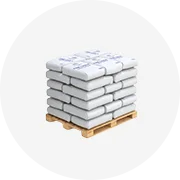
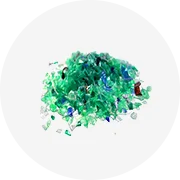
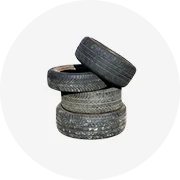
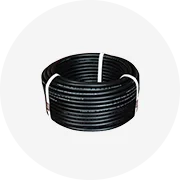

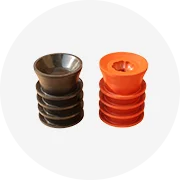








 浙公网安备 33010002000092号
浙公网安备 33010002000092号 浙B2-20120091-4
浙B2-20120091-4